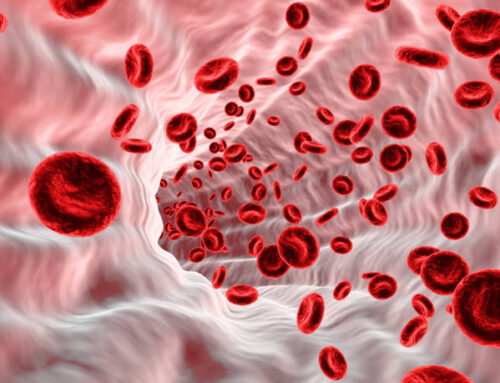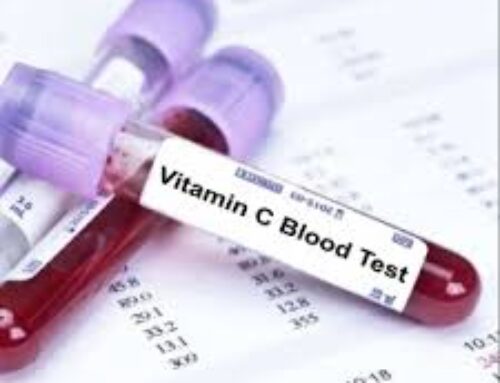In the realm of medical diagnostics, the Bleeding Time Test and Coagulation Test are pivotal assessments conducted to evaluate the clotting mechanism of blood. At Sunrise Diagnostic Centre Pathology Lab in Pune, we offer state-of-the-art facilities to perform these tests with precision and accuracy, aiding in the diagnosis and management of various bleeding disorders and clotting abnormalities.
Table of Contents
Bleeding Time vs. Coagulation Time: Understanding the Disparity
The discrepancy between coagulation time and bleeding time lies in their fundamental mechanisms. Coagulation time, also known as clotting time, measures the time taken for blood to clot after the initiation of the coagulation cascade. In contrast, bleeding time assesses the duration required for blood to stop flowing from a small, standardized incision.
Why is Coagulation Time Longer Than Bleeding Time?
The coagulation process involves a series of intricate biochemical reactions that culminate in the formation of a stable blood clot. This process necessitates the sequential activation of various clotting factors and platelets, resulting in a relatively prolonged coagulation time. Conversely, bleeding time primarily depends on the adequacy of platelet function and vessel wall integrity, leading to a shorter duration for cessation of bleeding.
Normal Values for Bleeding Time and Coagulation Time
The normal range for bleeding time typically falls between 2 to 7 minutes, whereas coagulation time generally ranges from 5 to 15 minutes. These values may vary slightly depending on the methodology and equipment used for testing.
Precautions for Bleeding Time Test
Several precautions must be observed during the bleeding time test to ensure accurate results:
- Patient Preparation: Patients should avoid consuming medications that affect platelet function, such as aspirin and non-steroidal anti-inflammatory drugs (NSAIDs), prior to the test.
- Standardization of Incision: The incision made on the patient’s forearm should be of standardized depth and length to maintain consistency across tests.
- Proper Technique: The healthcare professional performing the test must have adequate training and expertise to ensure precision and minimize variability in results.
Why is Bleeding Time Shorter Than Clotting Time?
The shorter duration of bleeding time compared to clotting time can be attributed to the primary role of platelets in hemostasis. Platelets play a crucial role in the initial formation of the hemostatic plug at the site of vascular injury, facilitating the cessation of bleeding. In contrast, the coagulation cascade involves a more complex interplay of clotting factors, resulting in a comparatively longer process.
Significance of Bleeding Time Test and Coagulation Test
The Bleeding Time Test and Coagulation Test are indispensable tools in the diagnosis and management of various hematological disorders and coagulopathies. Abnormalities in these parameters can indicate underlying conditions such as von Willebrand disease, hemophilia, thrombocytopenia, and liver dysfunction, among others. Early detection of such abnormalities enables prompt intervention and tailored therapeutic strategies, thereby improving patient outcomes.
In conclusion, the Bleeding Time Test and Coagulation Test play a vital role in assessing hemostatic function and diagnosing bleeding disorders. At Sunrise Diagnostic Centre Pathology Lab in Pune, we prioritize accuracy, reliability, and patient-centric care in conducting these essential tests. With our cutting-edge technology and experienced healthcare professionals, we strive to deliver precise diagnostic solutions that empower healthcare providers in delivering optimal patient care.
For appointments and inquiries, please contact us at +91 9028801188 or +91 9028566644. Your health and well-being are our utmost priority.







